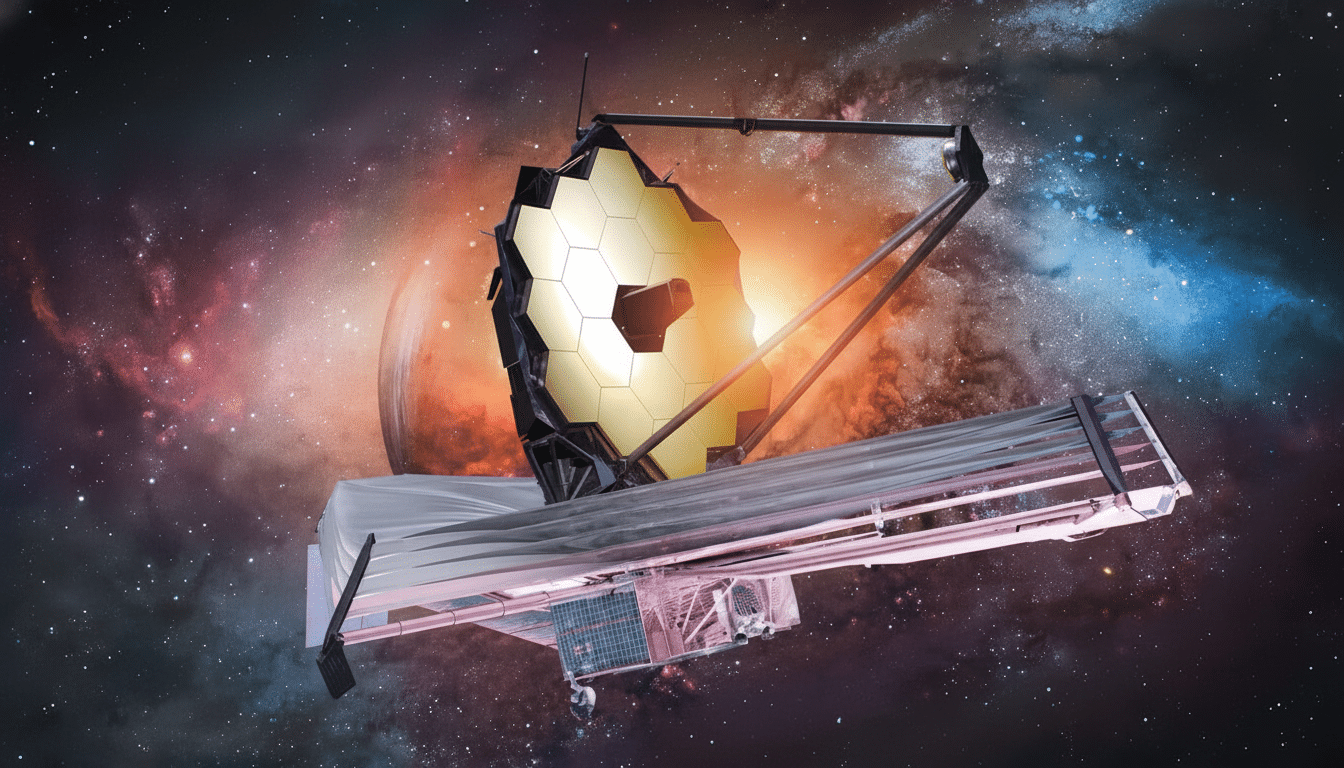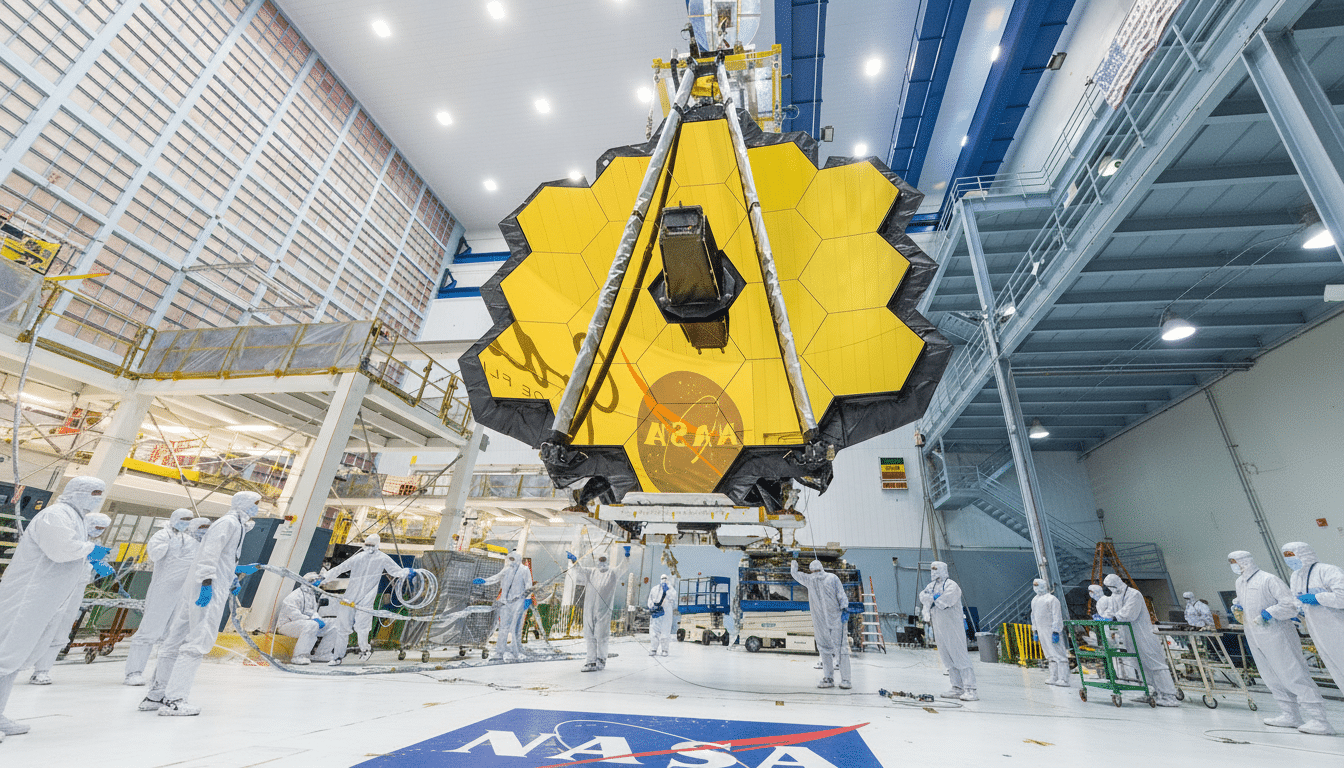A tenuous layer of methane seems to drape itself over Makemake, a remote dwarf planet in the icy solar system outskirts, in new observations from the James Webb Space Telescope. This signal suggests it has either a gossamer-thin atmosphere or periodic puffs of frost spewing off its icy exterior — an extraordinary display of activity billions of miles beyond Pluto.
A tenuous breath of air beyond Pluto
Makemake is one of the shinier objects in the Kuiper Belt, approximately 890 miles (or about 1,430 kilometers) wide with an orbit around the sun of about 45 astronomical units, or a distance that it takes approximately 305 Earth years to complete. Until now, Pluto was the lone world at such distances with detecting gas above its surface. Webb’s measurements show methane in the gas phase overlying Makemake, a finding for which a team led by the Southwest Research Institute plans to submit for publication in The Astrophysical Journal Letters.

Discovered two decades ago and accompanied by a diminutive moon discovered with the Hubble Space Telescope in 2016, Makemake has long puzzled planetary scientists with its high-albedo, methane-ice-dominated surface.
The new Webb results indicate that at least some of that methane is being belched into space, even if temporarily.
What Webb actually detected
Webb’s infrared spectrometers detected the telltale glow of molecules of methane that were being energized by sunlight — a non-thermal “fluorescence” that serves as a beacon for such minute gas amounts.
But since the signal is from the methane over the surface, as opposed to just the ice on the ground, it suggests its release is still active: either through widespread sublimation into an ultra-thin envelope or from a few small localized bursts.
Complementary spectral signatures are consistent with more complex hydrocarbons, such as ethane, ethylene and acetylene — fragments of methane that have been torn apart and then reassembled by solar radiation over time. Previous infrared surveys also detected surprising “warm” spots (about minus 190 degrees Fahrenheit), such as areas where dark material or rough terrain can supercharge local heating and perhaps fuel gas outflow.

Air or geysers? The leading scenarios
One potential explanation is a global but extremely tenuous atmosphere, which would result from the release of methane as sunlight warms the surface. Those measures have placed very strict limits on any bulk atmosphere, with pressures not surpassing the nanobar-to-microbar range.A ground-based stellar occultation — when Makemake passes in front of a faraway star — has provided such measurements already. Webb’s methane detection easily falls within those limits, indicating gas that’s many of orders of magnitude thinner than Pluto’s own tenuous atmosphere, and about a billionth of Earth’s surface pressure.
Another possibility is activity from plumes: concentrated jets that throws up methane that dissipates quickly. Based on simulations by the researchers, a release rate on the order of a few hundred kilograms per second would explain the observed signal — similar to the cryovolcanic plumes observed on Saturn’s moon Enceladus, although the composition is different. No plume of any kind has yet been imaged on Makemake, but at its vast distance and tiny apparent size, such features are extremely hard to observe.
Why it’s important for icy worlds
In either case, we suggest an active and evolving surface–atmosphere system in the Kuiper Belt. If Makemake does sport a tenuous methane atmosphere, it would be on a short list of outer solar system worlds on which sunlight is able to erode ices at the surface as well as harvest and redistribute volatiles. If they were produced by plumes, in turn, they may indicate the existence of internal reservoirs and ongoing geochemical processes. It’s possible, scientists have suggested, that on bodies such as Makemake, methane could seep from water–rock reactions in the deep interiors or else hang around as primordial stuff that has been bottled up since the solar system’s birth.
The chemistry also matches what missions and observatories have observed in other places — Pluto’s nitrogen–methane atmosphere and hazes observed by NASA’s New Horizons, Triton’s geyser-like activity seen by Voyager, and processed hydrocarbons found throughout several Kuiper Belt objects. “These aren’t cold, dead graveyards,” he said, “these are laboratories of slow and steady adaptation, irradiated by sunlight, and sometimes radioactivity, and sometimes, interior heat sources as well.”
What comes next
The scientists will perform follow-up observations with Webb in hopes of seeking variability with viewing geometry and season, which would be a strong test to distinguish a steady exosphere or a planet wide film of gas versus episodic distillation. Organised stellar occultation campaigns — run by research groups at institutes including the Observatoire de Paris and the European Southern Observatory — could sharpen pressure constraints and map any transient haze. Thermal mapping using Webb’s mid-infrared instruments might be used to track warm spots, and facilities like ALMA may look for cofactor volatile species.
If confirmed, Makemake’s gossamer methane would add to the list of known worlds swapping material in both directions between surface and sky at the solar system’s limits. It also makes the scientific case stronger for future flybys or orbiters of Kuiper Belt objects, where even a breath of wind can blur what we think we know about small worlds that are far from home.

